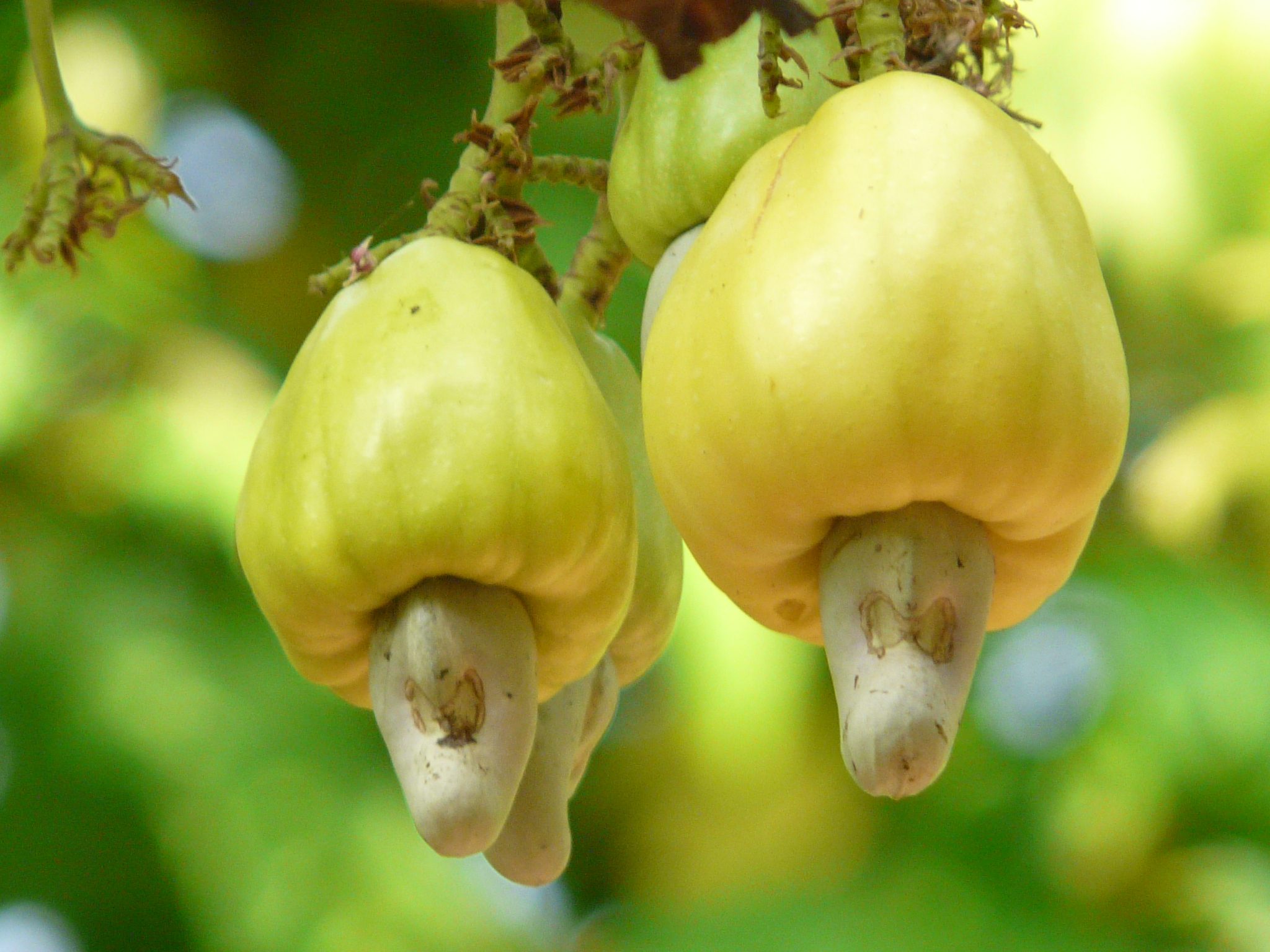Carambolim Housing Project replaces cashew farm destroying mother “botto”
The hills of Carambolim in North Goa were famous for a special type of cashew tree locally known as “botto”. This tree was brought to Goa by the Portuguese. It produced large yellow, juicy cashew apples and cashew nuts. The jumbo-sized cashew nuts weighed 10 gms each and were the second largest in the country and Goa’s largest. The mother tree stood in a cashew farm in northeast Carambolim. Unfortunately, in the name of urbanisation the home of the “botto” was recently destroyed. The entire cashew farm was razed to make way for a housing project.
All is not lost, germ plasma of “Botto” conserved
According to ICAR all is not lost. The germ plasm of the Carambolim “botto” tree has been conserved for posterity. 13 years of laboratory trials have been carried out on grafts. The 10-gram cashew nut, which the tree produces, along with its luscious yellow apple (Goa’s biggest), and two other varieties of nuts from Ganjem in Ponda, and Quepem, were recently released commercially by the Indian council of agricultural research (ICAR), Old Goa. “Conservation of the local germplasm is very important to protect the biodiversity of Goa and the Western Ghats, which is a biodiversity hotspot. ICAR has prepared grafts of this tree and preserved it at a gene bank in our Old Goa farm,” director, ICAR Eknath Chakurkar said.
“The cashew plantation area is fast depleting due to requirement of housing and urbanisation. Moreover, stem borer disease and other factors also affect the crop,” president, Goa cashew processors association (GCPA), Madhav Sahakari said.
“The government should set up a special area for cashew development and involve stakeholders to boost this crop that sustains the economy with just a few months of activity,” adviser, GCPA, A Kamath said.


